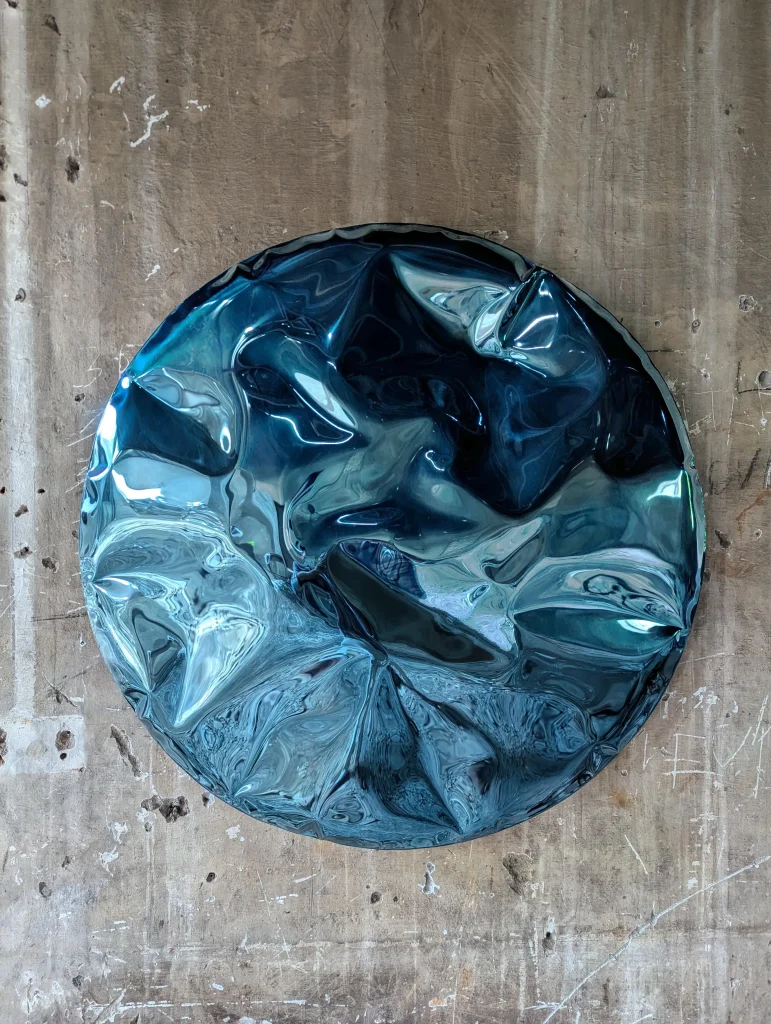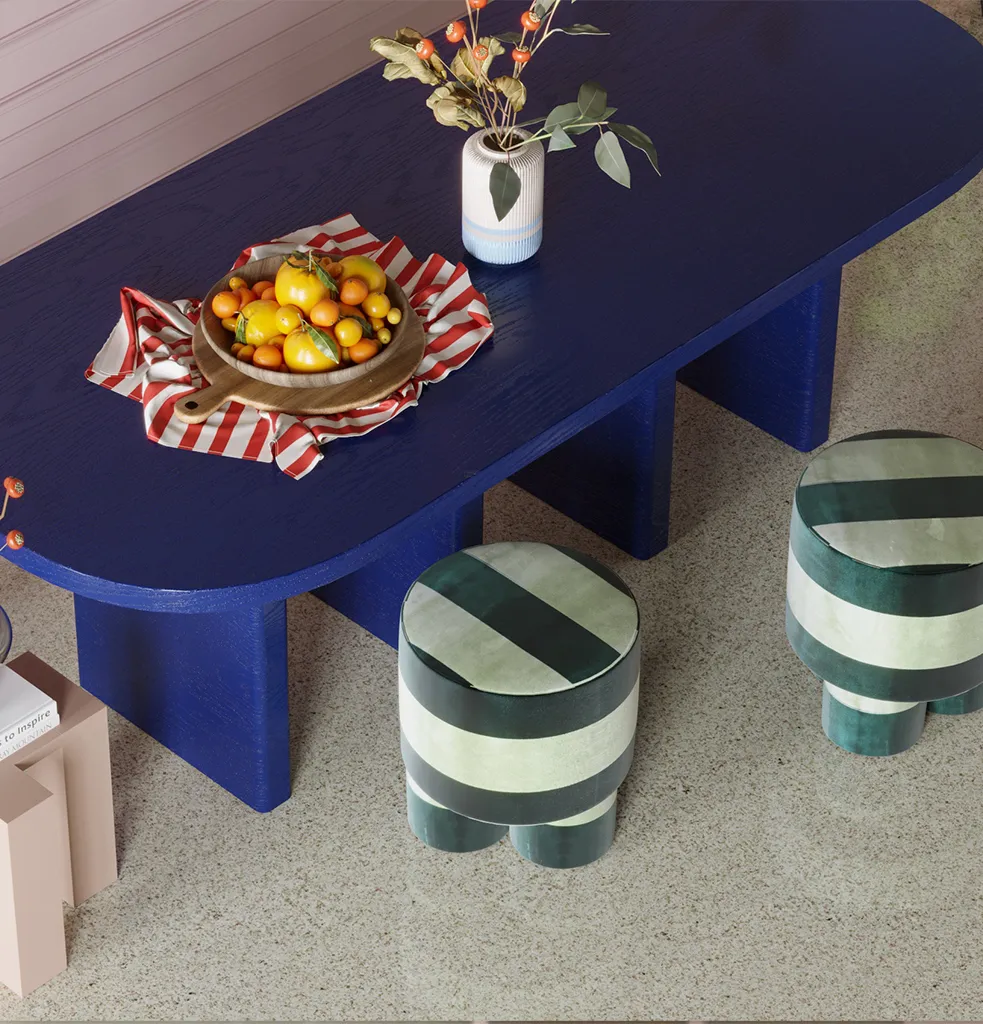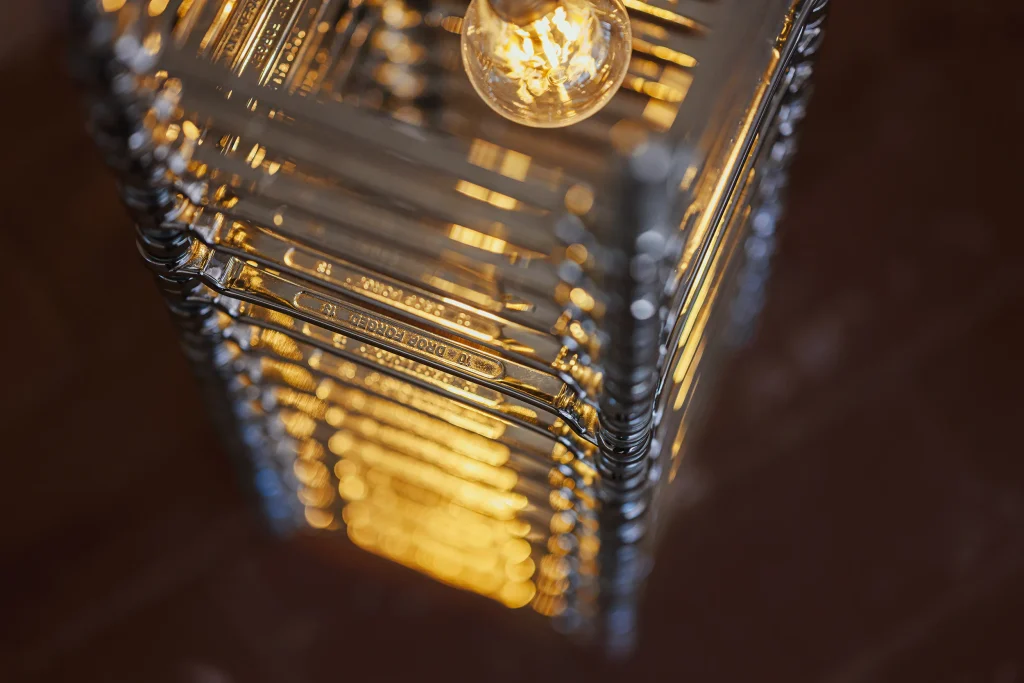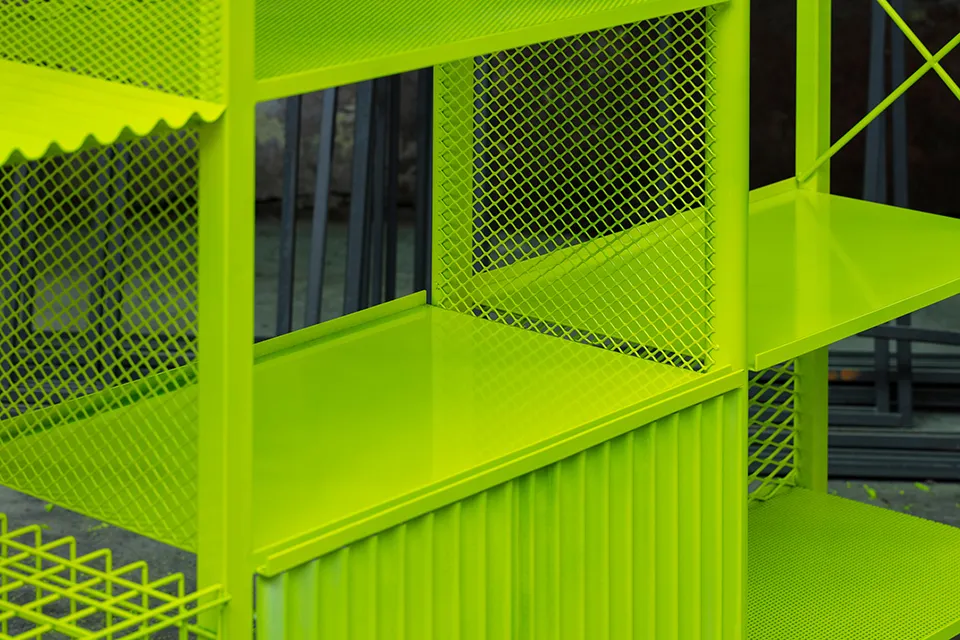
Designing for the art’s sake: An exploration of functional art
The inauguration of the specially dedicated art fair for limited edition design, Design Miami/ Basel, took place back in 2005. Seventeen years later, the growing market for unique design and an increasing interest on the part of collectors and the general public towards the acquisition of such works suggests that we are witnessing an intriguing market in its own right. The increasing number of tailored art fairs dedicated to design-art, as well as the sprawling number of galleries engaged in the promotion and production of such work, points out to the fact that we are not observing an isolated phenomenon. Nowadays, more and more creators jump from discipline to discipline, exploring fields which, in the past, belonged to strict academia schooling. Artists who do not fit easily into strict categories are art, design, architecture, and fashion polymaths, creative chameleons whose explorations meet no boundaries.
The multidisciplinary approach of the design-art field comes from the various creators with backgrounds ranging from design, art, fashion, furniture, and craft. Compared to the art market, this relatively young market is characterised by a more open approach, a smaller number of players, and last, but not least, more open communication. The functional aspect of these artworks definitively speaks out more openly to the viewer, whether this comes with a higher incentive to buy is yet another question. But, let us leave the market to adhere to its own dynamics and concentrate instead on the work and creative drives behind the artists who have embraced the functionality of the art form.
What is it that makes functional art so appealing? Why do so many contemporary artists cross the line and create design objects? In order to answer these questions, one has to understand the motivation behind the desire to delve into the debris of the functional through the prism of the conceptual. If Duchamp once claimed that an ordinary object may be viewed as art, only because the artist said so, then why can art not be considered design when it comes with its own functionality?
No matter how close the limited editions, design, and art markets operate, they are still quite different. With this in mind, some of the common delineators distinguishing functional art from design are: the aesthetic appearance and conceptualisation of functional art precedes over the utilitarian function of the object, whereas design answers an existing need and seeks to solve a problem, functional art aims to provoke an emotion. Functional art is often times unique, whereas design is serial, albeit in a limited form. Functional art belongs to the art market gallery establishments, whereas limited edition design circulates within the broader context of the design market.




In the past, German industrial designer Dieter Rams pinned the 10 principles of good design. What if we juxtapose them with 10 principles of good functional art?
• Good Design is innovative. … Functional Art is inventive
• Good Design makes a product useful. … Functional Art makes an object emotional and thought-provoking
• Good Design is aesthetic. … Functional Art is intuitive
• Good Design makes a product understandable. … Functional Art makes an object questionable
• Good Design is honest. … Functional Art is intentional
• Good Design is unobtrusive. … Functional Art is conspicuous
• Good Design is long-lasting. … Functional Art is metaphysical
• Good Design is thorough down to the last detail. … Functional Art is open-ended
Below is a list of artists – alphabetical order by surname – whose oeuvre, in my opinion, is exemplary of what functional art stands for. The suggested artworks are as diverse as the creative backgrounds of their makers, the list aims to be neither exhaustive, nor representational.
VIRGIL ABLOH (b. 1980, USA – November 2021) – artist, architect, and fashion designer. Abloh’s interdisciplinary practice used to transcend various creative forms such as art, craft, fashion, and design. His work was influenced by the study curriculum established by Mies van der Rohe at the Illinois Institute of Technology, based on the principles of the Bauhaus. He was a visionary who crossed multiple artistic boundaries, playing with the commercial in line with the experimental. His untimely departure is a great loss to the art world.


JOSE DÁVILA (b. 1974, Mexico) is a multidisciplinary Mexican artist. Known for the most part for his work as a sculptor, Dávila also works with two-dimensional media such as painting, drawing, and prints. He considers himself a self-taught artist whose practice is heavily influenced by his early education in architecture.


JIMMIE DURHAM (b.1940, USA – November 2021) is an artist, designer, poet, and writer. In 2019, Jimmie Durham received one of the most prestigious recognitions in the art world, The Golden Lion for Lifetime Achievement at the 58th International Art Exhibition of La Biennale di Venezia. In that same year, he founded the design collective LABINAC together with his partner, artist Maria Thereza Alves. The world of art and design will deeply miss his thoughtful, experimental, and ground-breaking art-making. As a design laboratory, LABINAC continues his legacy.
CHRISTOPH HEFTI (b. 1967, Switzerland) is a textile, fashion designer, and artist. Hefti’s enquiry into craft and textiles brought him to Nepal, where he designed his own hand-knotted rugs. As an artist, Hefti is interested in the immediate interactions between a designer and the craftsman, bridging traditional crafts to contemporary designs.


ANNA AAGAARD JENSEN (b. 1991, Denmark) lives and works in Eindhoven, the Netherlands. Jensen is an artist whose work explores the touching points between fine art and design. She creates sculptural objects with a focus on the representation of women, the female body, and feminine power.


ORTAMIKLOS is an artistic duo composed of Leo Orta (b.1993, France) and Victor Miklos Andersen (b.1993, Denmark). The artists draw inspiration from various references, such as body movements, graffiti, and video gaming, experimenting with different materials spanning from electronic waste to concrete and wood pulp.
MAX LAMB (b. 1980, UK) is a furniture designer who works in London, UK. Lamb combines traditional design methods with contemporary digital design techniques. He is best known for employing natural materials in an experimental way, including pouring pewter on sand or volcanic rock.


JOEP VAN LIESHOUT (b.1963, The Netherlands). For three decades, van Lieshout has produced work that encompasses art, design, and sculptural and architectural forms. He has established his own creative free-state where he has even set his own currency. In his work, the artist explores the universal themes of power, control, sex, life, and death.
PEDRO REYES (b. 1972, Mexico) is an artist who trained for an architect. His work spans multiple media including sculpture, performance, and video art. He often pushes the boundaries of how an artist appropriates various materials within an artistic production.
BARBORA ŽILINSKAITE (b.1996, Lithuania) is an emerging artist and designer living and working from Brussels, Belgium. As an artist, Žilinskaitė distances herself from rigid definitions of artistic practices, experimenting with forms, functions, and materials to blur the line between sculpture and design.


Barbora Žilinskaitė, “Roommates” Stool, 2020 

Barbora Žilinskaitė, “Roommates”, 2020 // © Sight Unseen













